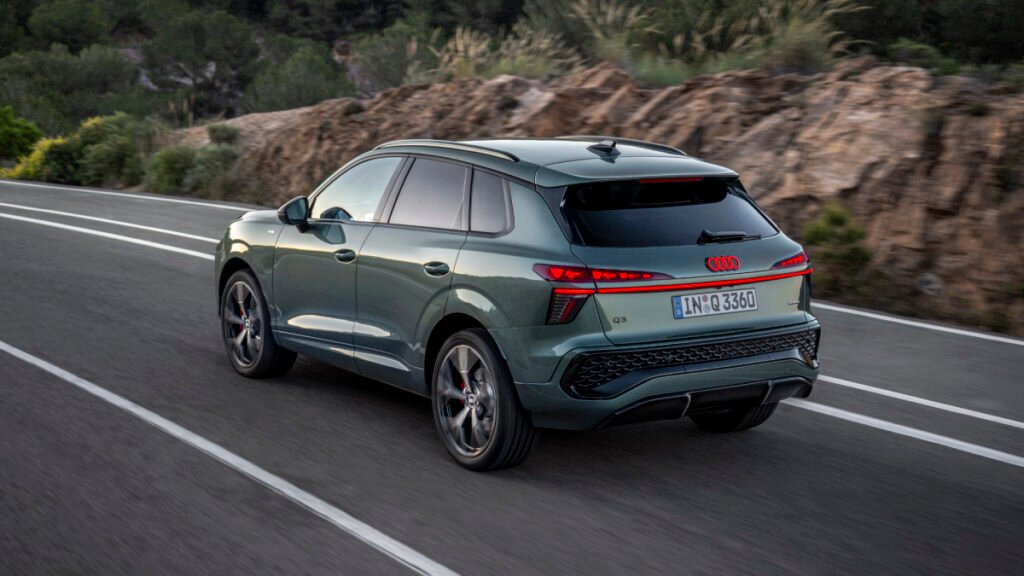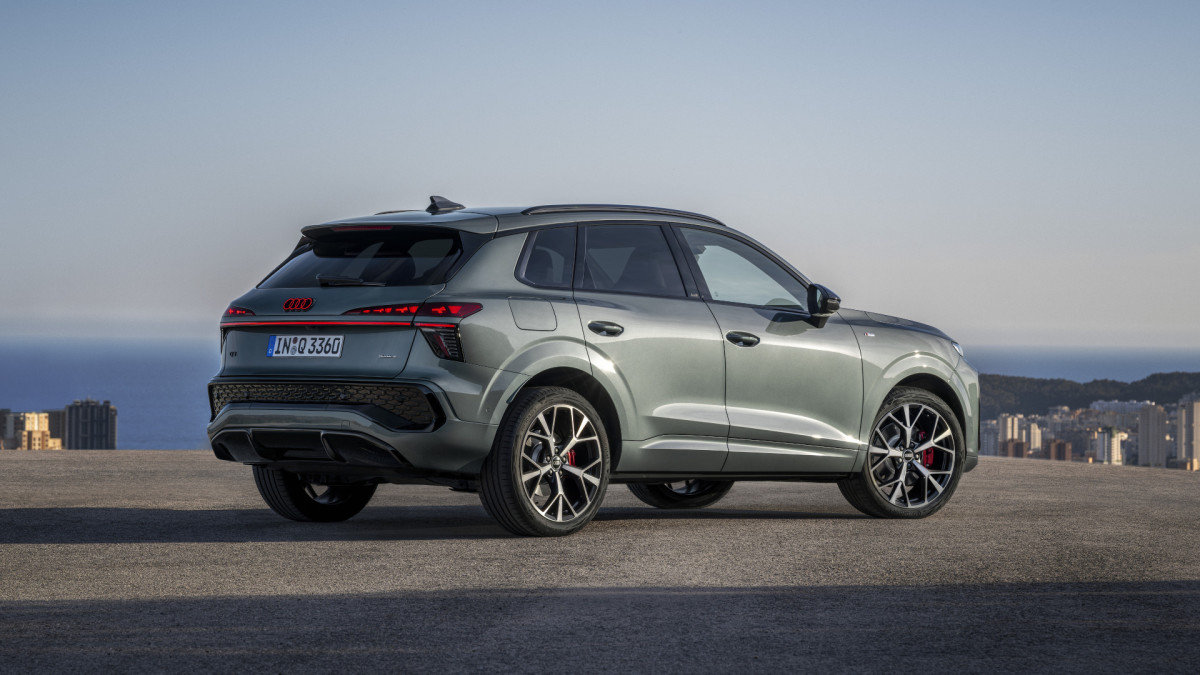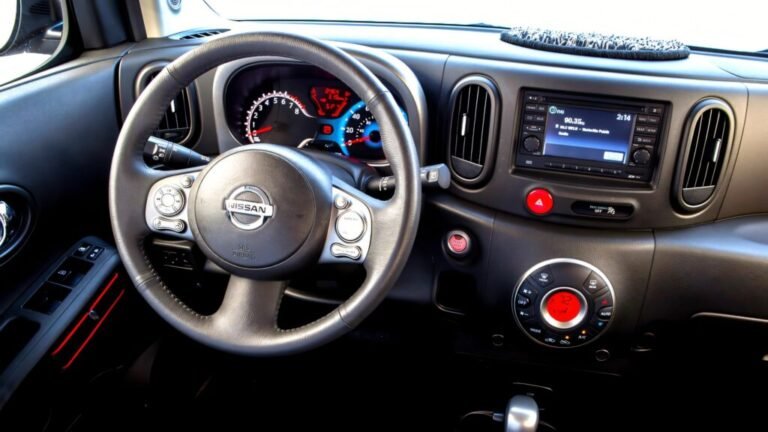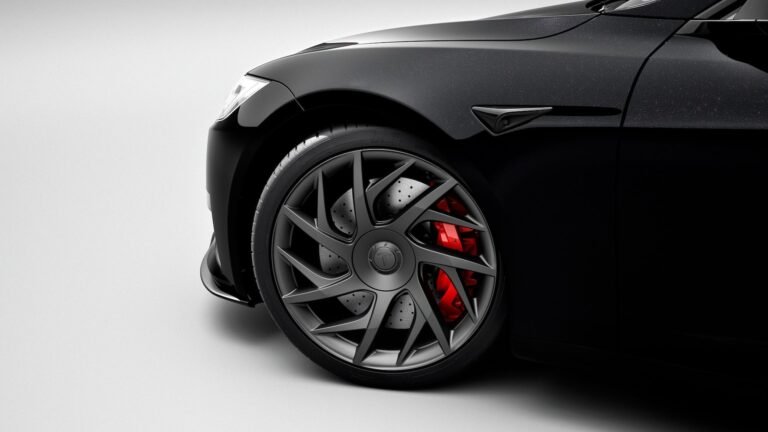
Third-Generation Q3 Arrives With Less Space
The new Audi Q3 premium compact crossover has just been unveiled in Germany, and it seems poised to continue the success of its strong-selling predecessors by being better in every way. Well, almost every way. Unfortunately, cargo volume with the seats in place has decreased significantly, from 23.7 cubic feet behind the rear seats to just 17.2 cubic feet, though the overall figure with the seats folded has gone up marginally from 48 cubes to 48.9. But the major attraction of the new model won’t be its capacity. Instead, buyers will be drawn to the styling and technology, both of which are borrowed from more expensive Audi offerings.
New Styling Strategy Permeates All Audis

The styling influence of the larger Q5 (and larger-still Q7) is clear to see, and the split headlight and taillight design has given the crossover a taller, more premium aesthetic. At the front, a new Singleframe grille helps ensure onlookers know it’s an Audi, while at the rear, Audi has relied on an illuminated tailgate badge. A large faux diffuser and grille increase the visual width of the rear end, and some reflector accents on either side make the taillight clusters look larger, with optional OLED technology making them even more impressive. At the front, Matrix LED headlights with micro-LED modules have been fitted for the first time on the Q3, with the DRLs featuring 23 segments per side.
Wheel options range in size from 17 to 20 inches, while a palette of 11 paint options includes Arkona White, Glacier White, Mythos Black, Arrow Gray, Tambora Gray, Progressive Red, Navarra Blue, and two new options: Sage Green and Madeira Brown. Daytona Gray metallic paint will also be offered with the S line styling package.
Screens And Sound Systems

Inside, there’s a new steering wheel like the one in the latest A5 and other recently revealed Audis, and this now has two levers behind it. The left is used for both lights and windshield wipers (which may take some getting used to), while the right handles the transmission, thus clearing the center console of a gear selector. A mix of haptic feedback and physical switchgear systems is used to control the 11.9-inch driver display and 12.9-inch central MMI touchscreen, while a head-up display helps keep eyes on the road.
It’s also worth mentioning that acoustic glazing for the front side windows is now offered for even more comfort and quiet, while perforated door cards with ambient backlighting further enhance the luxury feel. Optionally, a new SONOS sound system can be fitted, but all users will engage with their multimedia using Android Automotive OS.
New Engines And New Prices

The base model in the range will be a four-cylinder gas engine with a mild-hybrid system, at least in Europe. This generates 147 horsepower, which is the same figure offered by the mid-level TDI version, but those who want more can look forward to a plug-in hybrid with 268 hp and an all-electric range of around 75 miles (on the WLTP cycle). Finally, we should mention that Audi has improved the suspension system, with a two-valve damper setup joining the sport suspension option.
It remains to be seen which powertrains will be offered in America, or what they will cost when they arrive, but when this new Q3 arrives at German dealers in October, it will start at €44,600 (approximately $51,660) for the base model and €49,300 (roughly $57,100) for the PHEV. Can the new Q3 keep selling strongly? We’ll see once we get U.S.-specific details, but its rivals aren’t sitting around.


